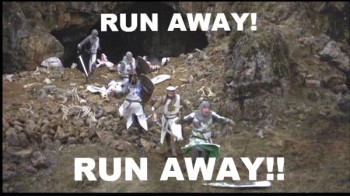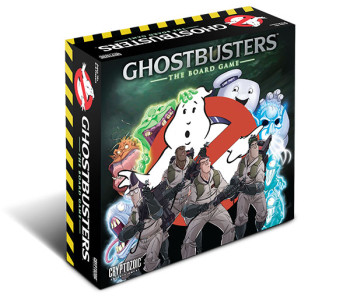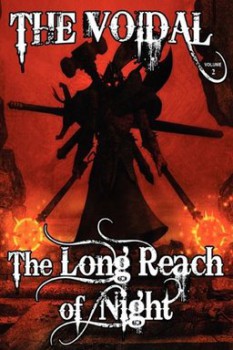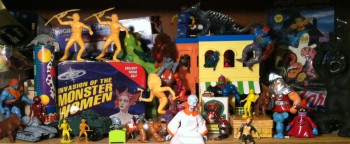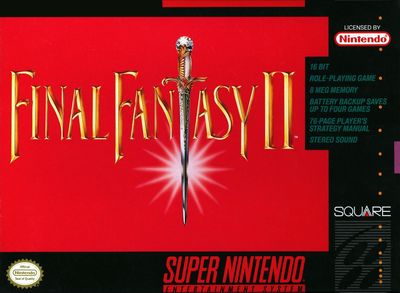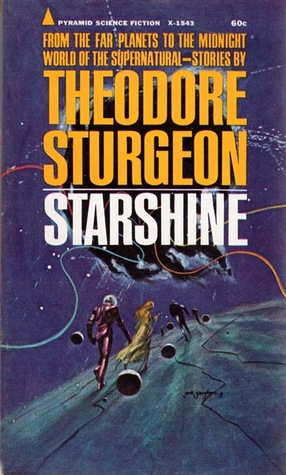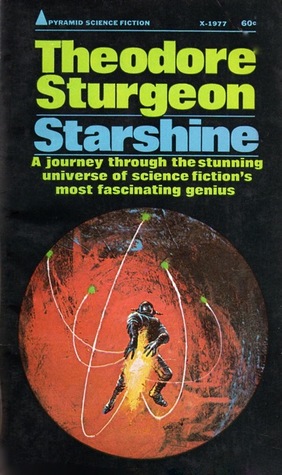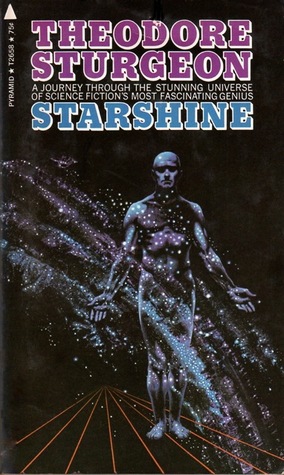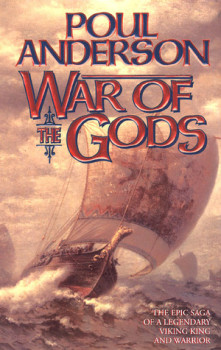 I first met Poul Anderson in the little, northern-Iowa town of Decorah, which is fitting, because Decorah has a very large Scandinavian population and takes evident pride in its Scandinavian heritage.
I first met Poul Anderson in the little, northern-Iowa town of Decorah, which is fitting, because Decorah has a very large Scandinavian population and takes evident pride in its Scandinavian heritage.
Only in a figurative sense, alas, do I say that I met Poul Anderson. Though, in the time in which I first read War of the Gods, there had been the slightest possibility that I might have met him, for Wikipedia reports that Anderson passed away on July 31, 2001, and the time in which I first became aware of his work was in 2001.
I read War of the Gods because of Dag Rossman (a professor at Luther College and a fellow fantasist likewise inspired by the Nordic mythic tradition) and a fantasy book club that he hosted. I didn’t stay with the club long, because I had to drive across the Minnesota-Iowa border from Lanesboro on back roads that were cold, desolate, and perilous during the winter months, and I had young children at the time, and sitters were always difficult to find – particularly because I was spending most of my money on publishing, with Nick Ozment, Mooreeffoc Magazine. Getting introduced to War of the Gods was the chief experience I took away from that book club – that and a copy of Tim Powers’s Expiration Date, which I always meant to return to the lender. Sorry, guy, if you happen to find me here.
War of the Gods struck me like a hammer-bolt out of the sky. How did I not know, I asked myself, that this book existed? Such is the way of many discoveries. Because, as I cast my memory back over the years, I realize that I should have known. I remembered a too-tall-for-his-age, very blonde, and (to my eyes, at least) somewhat ungainly kid whom I often had regarded with curiosity from afar. This was because I had noted, as so many in our tribe are astute at noting – particularly in those days when geek culture had not yet gone mainstream – that this guy read comic books and fantasy novels and science fiction novels. But I realized that I had no means with which to start a conversation with him, because he wasn’t reading what I was reading. Moreover, this kid’s first name was Poul. Perhaps because of his unusual name, perhaps because of his size, this kid, when I spied him from afar, was always solitary, and perhaps he preferred it that way. But he certainly seemed reasonable and social enough when I finally spoke to him, having come across him in the wilds of Eden Prairie (the parking lot of Lund’s grocery store may very well be “wild,” in the suburbs). Poul told me that Poul Anderson’s novels were awesome, that I should read them, that they were about Vikings and Norse mythology. He also said that I should be reading Walter Simonson’s Thor comics for Marvel, incidentally.
And then I never spoke to him again. And, unfortunately, I never took his recommendations.
Until much later, of course. Now, obviously, both of these oversights have been remedied.
…
Read More Read More
 I have a bad case of February.
I have a bad case of February.
